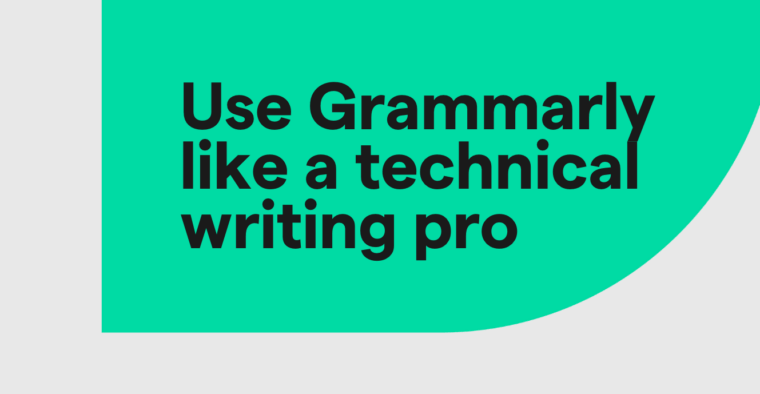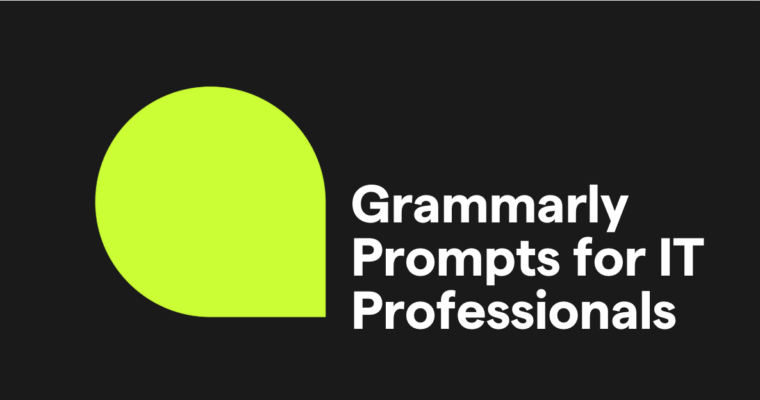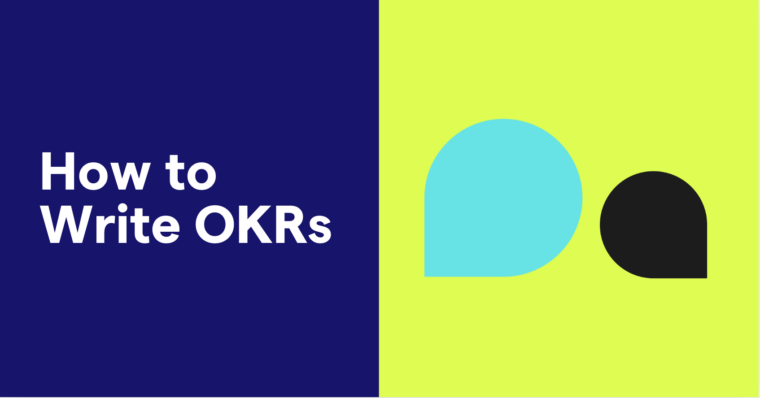
Whether you’re applying to graduate schools, trying to get your foot in the door at your dream job, or moving forward with a new business project, drafting a letter of intent is an important first step in getting where you want to be. In this guide, we’ll discuss the circumstances where a letter of intent is useful and how to write your own.
What is a letter of intent?
A letter of intent (LOI) is a preliminary document outlining the mutual intentions of two or more parties before entering into a detailed agreement. While they are common across various industries, LOIs are pivotal in business transactions like mergers, acquisitions, and real estate deals. They’re also used in academic pursuits and job applications, setting the groundwork for further negotiation and formal agreements by clarifying all parties’ expectations.
Use of LOIs in business
A business proposal LOI can play many pivotal roles. Business LOIs typically:
- Outline terms, agreements, and transactions
- Detail the scope of work
- Facilitate smoother negotiations
LOIs for employment opportunities
Beyond business deals, LOIs are sometimes used to express interest in a company, even in the absence of job vacancies. Unlike a cover letter, writing a letter of intent for a job consists of a concise pitch of what the candidate can offer, showcasing their initiative and potential fit with the company’s values or mission. An LOI for employment opportunities aims to:
- Show interest in the company
- Highlight unique skills and potential contributions
- Connect with decision-makers for future opportunities
Academic applications and LOIs
Students often use LOIs when applying to graduate programs or professional schools. The purpose of an academic letter of intent is to:
- Demonstrate the applicant’s enthusiasm for the program
- Spotlight relevant academic achievements
- Outline how they plan to contribute to the academic community
Preparing to draft your letter of intent
No matter its purpose, preparing to draft an LOI involves several key steps to ensure the clarity, relevance, and effectiveness of the resulting letter. Here are some tips:
- Research thoroughly. Understand the recipient’s needs, challenges, or interests, whether it’s a company, educational institution, or another entity. The more you research, the better your letter of intent will be.
- Clarify your objectives. Define what you hope to achieve with the LOI. Do you hope to be admitted to a program, clarify the scope of work for a project, or something else?
- Outline key points. Make a list of the main points you want to include, such as your background and what you are seeking from the recipient. Include specific information relevant to your objectives, like your qualifications, experiences, or proposed terms.
- Prepare supporting materials. If applicable, prepare any documents or materials to support the claims or proposals in your LOI, such as a résumé, portfolio, or project plans.
Structuring your letter of intent
A well-structured LOI is crucial for making a strong impression on the recipient. In general, it should be structured like a formal business letter and should guide the reader through your intentions, qualifications, and how you foresee the potential relationship or agreement unfolding. Here is a recommended structure for crafting an effective LOI:
Header
Include your contact information at the top, followed by the date, and then the recipient’s contact information. This part should be formatted like a traditional business letter.
Salutation
Address the recipient formally, using “Dear” followed by their name and title. If you do not know the recipient’s name, you can use a generic greeting such as “Dear Admissions Committee.”
Introduction
Begin with a brief paragraph that introduces yourself and clearly states the purpose of the letter.
Body
This section is the core of your letter and can be one or several paragraphs, depending on the complexity of what you are proposing. Generally, it should cover:
- Your background: Briefly summarize your relevant experience, achievements, or qualifications.
- Your intentions: Clearly articulate what you hope to achieve or what you are proposing. For business transactions, include an overview of the deal or project. For academic or job applications, describe why you are interested in the position or program.
- How you will contribute: Detail how your involvement will benefit the project, company, or academic program. Highlight specific skills, resources, or perspectives you bring.
- Any specific terms or conditions: While it’s not a contract, if your proposal or application has known requirements or contingencies, you can briefly mention them here.
Closing
Conclude your letter by summarizing your main points, reiterating your interest, and expressing your willingness to provide further information if needed. End with a professional closing, such as “Sincerely” or “Best regards,” followed by your signature (if you’re sending a hard copy) and typed name.
Attachments or enclosures
If you mention any additional documents within your LOI, such as a résumé, portfolio, or project proposal, list them under an “Attachments” or “Enclosures” section at the end of your letter.
Common mistakes to avoid
When you’re drafting your LOI, avoiding common pitfalls can significantly enhance your document’s effectiveness and professional appeal. Here are some mistakes to steer clear of:
- Lack of specificity: Avoid being too vague about your intentions, goals, or how you can contribute.
- Overlooking research: Not customizing your LOI to the recipient (whether it’s a company, academic institution, or other entity) shows a lack of effort. Tailor your letter by mentioning specific aspects of the program, project, or job that attracted you and how your skills or goals align with them.
- Ignoring structure and format: Submitting an LOI that lacks a professional structure or format can make a poor first impression. Stick to a business letter format and ensure your LOI is well organized, making it easy to read and understand.
- Grammatical errors and typos: Mistakes in spelling, grammar, or punctuation can detract from your professionalism and attention to detail. Proofread your LOI multiple times or use tools like Grammarly to catch errors.
Grammarly’s AI letter generator simplifies the process of writing a strong LOI. With just a few clicks, you can create a first draft. Then, Grammarly can help you polish it, ensuring your letter is free from errors, sounds professional, and is concise. This approach allows you to customize your letter to perfectly fit your needs.
Letter of intent example
[Your Name] [Your Address] [Your Email Address] [Your Phone Number] [Today’s Date]
[Recipient’s Name] [Their Title] [Company Name] [Company Address]
Dear [Recipient’s Name],
I am writing to express my interest in collaborating with [Company Name] as a freelancer on the upcoming [Specific Project Name or Type of Project] project. With extensive experience in [Your Field/Industry] and a proven track record of delivering high-quality results, I am confident in my ability to contribute effectively to your team’s goals.
Over the past [Number of Years] years, I have honed my skills in [List Key Skills Relevant to the Project], which I believe align well with the objectives of [Company Name]’s project. My portfolio includes successful projects such as [Brief Description of a Relevant Project], which resulted in [Briefly Describe the Outcome]. This experience has equipped me with the knowledge and agility required to tackle the challenges posed by [Specific Aspect of the Project].
I am particularly drawn to this project due to [Mention What Attracts You to the Project or Company], and I am eager to bring my expertise in [Mention a Specific Skill or Area] to your team. I am committed to not only meeting your project expectations but exceeding them, ensuring that we achieve outstanding results together.
As part of my proposed collaboration with [Company Name], I am prepared to:
- [List a Key Deliverable or Contribution You Plan to Make],
- [List another Key Deliverable or Contribution], and
- [Mention Any Additional Support or Services You Offer].
I am looking forward to the opportunity to discuss this potential partnership in detail and explore how we can achieve mutual success. My portfolio and a list of references are attached for your review. I am available for a meeting or call at your convenience to discuss how I can contribute to your project.
Thank you for considering my proposal. I am excited about the possibility of working together and contributing to the success of [Company Name].
Sincerely,
[Your Name]
The final word on letters of intent
Crafting an impactful LOI is a crucial step in communicating your intentions and establishing a foundation for future negotiations or admissions. By adhering to a letter of intent template, paying attention to detail, ensuring clarity and professionalism, and avoiding common pitfalls, you can create a document that effectively conveys your intent.
Grammarly’s AI letter generator can assist in crafting and refining your LOI, making it mistake-free and effective. Remember, a well-crafted LOI not only demonstrates your professionalism but also sets the stage for successful collaborations and opportunities ahead.






